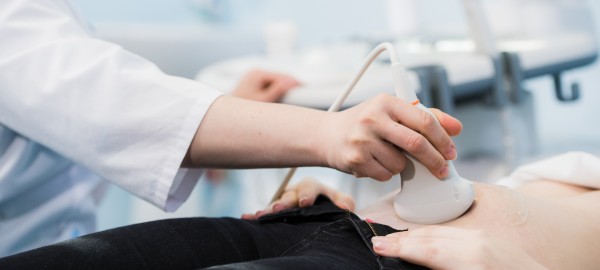Why book with PAMS Pregnancy Ultrasound Centre?
PAMS Pregnancy Ultrasound Centre provides ultrasound services for investigations and reassurance in pregnancy and fertility. Immediate, same day, seven day a week appointments are available.
Pregnancy ultrasound scans, are performed by trained, sympathetic staff in a relaxing environment. The practice is located in 77 Newmarket Road, Norwich. There is no need for a referral letter from a GP or the NHS. We are registered with CQC.
We offer the most comprehensive in-depth 3D and 4D scanning. All our scans are performed by a highly trained sonographers.
There are no hidden charges or reduced appointment times. All our scans are unhurried.
Appointments available at short notice, 7 days a week.
We have a 90% success rate in obtaining good images on your initial visit. Sexing can be carried out on all our baby scans. We also ensure that your DVD recording, CD-ROM and Thermal Images (where applicable) are prepared for you to take home at the conclusion of your scan.
